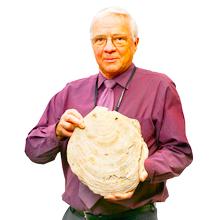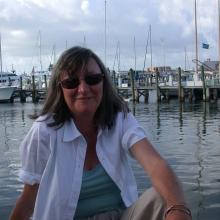Natural History Museum
 John Taylor, Ph.D.
John Taylor, Ph.D.
The Natural History Museum, London
Dr. John Taylor studies the systematics, phylogeny, and ecology of marine mollusks, with a recent focus on chemosymbiotic bivalves and their evolution. He obtained his B.Sc. (1962) and Ph.D. (1966) at King’s College, University of London.
He has been a research scientist at The Natural History Museum, London, since 1965 and has extensive field experience on Indo-West Pacific coral reefs, including sampling mollusks at many sites around Australia, such as Moreton Bay.
Dr. Taylor was twice President of the Malacological Society of London, Editor of the Journal of Molluscan Studies for 17 years and Visiting Professor at Queen Mary College, University of London. He has an extensive publication record of research papers concerning bivalve shell microstructure, evolution and ecology of neogastropods, and systematics and phylogeny of marine bivalves. His role in BivAToL is the analysis and coding of shell microstructure characters, and he will also contribute to morphological data analysis of heterodont bivalves.
 Emily Glover
Emily Glover
The Natural History Museum, London
Ms. Emily Glover researches systematics, evolution, and ecology of marine bivalves; other research interests include the analysis of molluscan remains at archaeological sites. She graduated in Archaeology and Anthropology from Sydney University in 1966 and was a Research Associate at the Institute of Archaeology, University of London, 1987-1992. Since 1993, she has been a Scientific Associate at The Natural History Museum, London.
Ms. Glover has extensive fieldwork experience in Southeast Asia and the Arabian Peninsula and has participated in intertidal and subtidal benthic surveys at many sites around Australia. She has published extensively on the systematics, phylogeny, and morphology of heterodont bivalves, particularly the family Lucinidae. Her role in BivAToL is to participate in character analysis of heterodont bivalves.

